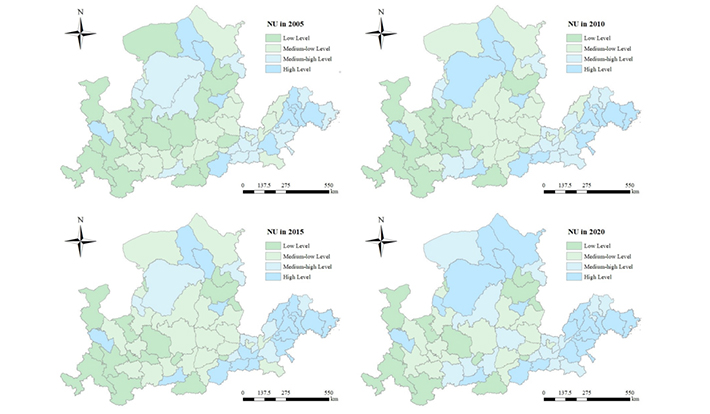Exploring the Impact of New Urbanization on Ecological Resilience from a Spatial Heterogeneity Perspective
发表期刊:Sustainability
分区:SCI三区
影响因子:3.3
New urbanization (NU) is an urban development strategy proposed by China that takes into account both urban development and ecological protection. It aims to improve the resistance and resilience of ecosystems, that is, to improve ecological resilience (ER). Whether NU has a sustained positive effect on ER is the focus of scholars, but they mostly ignore the fact that different scales and geographical conditions may lead to non-linear or threshold effects on ER. This study used a variety of spatial analysis models to construct a multi-scale heterogeneity analysis framework to explore this impact. The results show that (1) The impact of NU on ER has a threshold effect, which is affected by population agglomeration and innovation diffusion. (2) At the whole basin scale, the impact of NU on ER changed from negative to positive, while at the urban scale, it showed coordinated development in the south and an antagonism in the north. (3) The urban population density, education and technology expenditure, and urban greening rate are the dominant factors affecting ER. Their spatial differentiation rules verify the synergy mechanism between human capital and green infrastructure. This research has important guiding value for the ecological protection of rapid urbanization areas.


